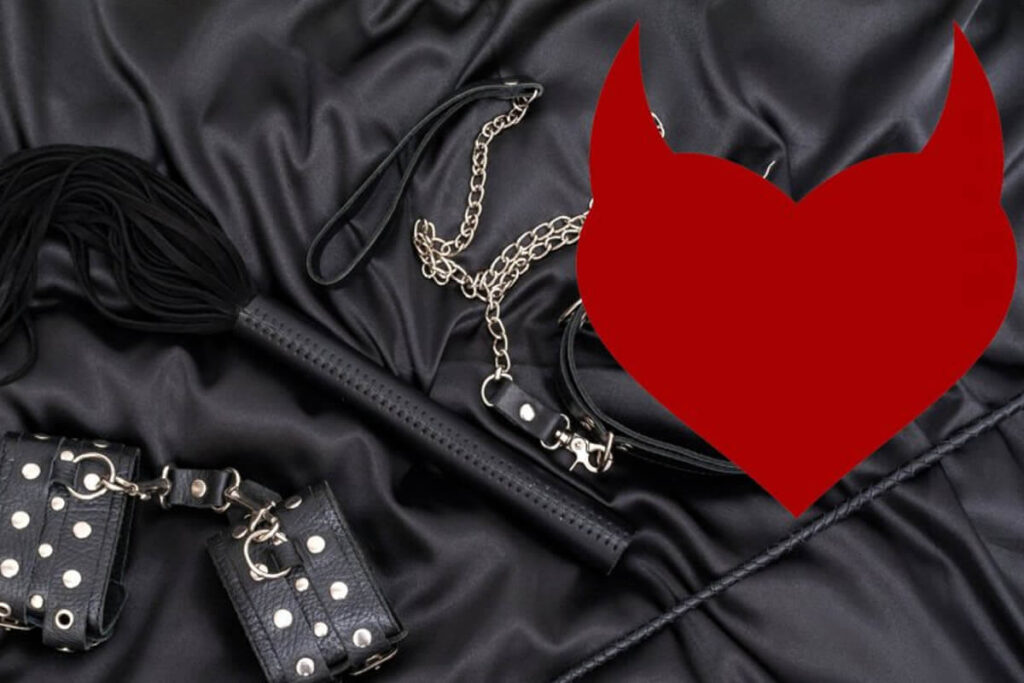FetLife often dubbed as “Facebook for kinksters,” is a unique social networking platform catering to individuals interested in BDSM (Bondage, Discipline, Sadism, Masochism), fetishism, and various forms of kink. Launched in January 2008 by John Kopanas, also known as John Baku, FetLife has grown into a thriving online community where like-minded individuals can connect, share experiences, and explore their sexuality in a supportive environment. This article delves into the history, features, and controversies surrounding FetLife, shedding light on its significance within the broader landscape of alternative lifestyles.
History of FetLife
The inception of FetLife can be traced back to John Kopanas’s frustration with the lack of platforms catering to his specific sexual interests. In 2007, under the name “FriendsWithFetishes,” Kopanas attempted to address this gap by creating a website. However, realizing the potential for a dedicated community, he rebranded and launched FetLife in 2008. James Golick served as the chief technology officer, contributing to the platform’s development and functionality.
The platform gained traction quickly, attracting individuals seeking a space to express themselves without judgment. In 2009, FetLife received recognition within the BDSM community when John Baku was honored with the Community Choice (Man) Award as part of the Pantheon of Leather Awards. This acknowledgment underscored FetLife’s growing influence as a hub for alternative lifestyles.
Features of FetLife
FetLife distinguishes itself from traditional dating sites by positioning itself as a social network rather than a matchmaking platform. Its features are tailored to facilitate connections, discussions, and the sharing of experiences among members. Here are some key features:
Groups: Members can join or create groups dedicated to specific fetishes or themes. While the platform initially allowed any member to create groups, restrictions were imposed in 2017, temporarily halting the creation of new groups and deleting existing ones that violated community guidelines.
Events: Users can organize and RSVP to events, ranging from meetups to workshops, allowing members to engage with the community in real life.
Profiles: Each member has a personal profile where they can express their sexual orientation, preferred roles, and interests. Additionally, members can indicate their relationship status and D/s (Dominant/submissive) dynamics.
Messaging and Interaction: FetLife enables private messaging between members, fostering one-on-one connections. Members can also comment on each other’s posts, photos, and videos, facilitating community engagement.
Content Sharing: Members can share writings, photographs, and videos, providing a platform for self-expression and exploration. While basic membership is free, financial supporters gain access to exclusive video content and receive a badge indicating their support for FetLife.
Content Moderation: The platform encourages members to report illegal or inappropriate content, ensuring a safe and respectful environment for all users.
Controversies Surrounding FetLife
Despite its popularity within the BDSM and fetish community, FetLife has faced criticism and controversy over its policies and handling of sensitive issues. Some of the notable controversies include:
Censorship Policy: FetLife came under fire in 2012 for its policy prohibiting users from publicly accusing other members of criminal behavior. Critics argued that this policy hindered victims of sexual assault from warning others about potential predators on the platform.
Privacy Concerns: While FetLife presents itself as a private community, critics have pointed out that the platform’s content is not indexed by search engines. However, some argue that it may not be as private as advertised, raising concerns about user privacy and security.
Criminal Associations: In April 2017, FetLife garnered negative attention when it was revealed that Brendt Christensen, the perpetrator of a high-profile kidnapping and murder case, had accessed the platform. This raised questions about the platform’s responsibility in monitoring and preventing criminal behavior among its users.
Racism and Hate Speech: More recently, FetLife has faced criticism for its handling of racist content and discussions on the platform. As protests against racial injustice gained momentum, users reported encountering racist hate speech and extremist content. Critics argue that FetLife’s lax approach to content moderation contributes to an unsafe environment for marginalized users.
Conclusion
FetLife occupies a unique space within the realm of social networking, providing a platform for individuals to explore their sexuality and connect with like-minded individuals. Despite its controversies, FetLife continues to serve as a vital community for those interested in BDSM, fetishism, and kink. Moving forward, addressing concerns surrounding privacy, censorship, and inclusivity will be crucial in ensuring that FetLife remains a safe and welcoming space for all its members.







